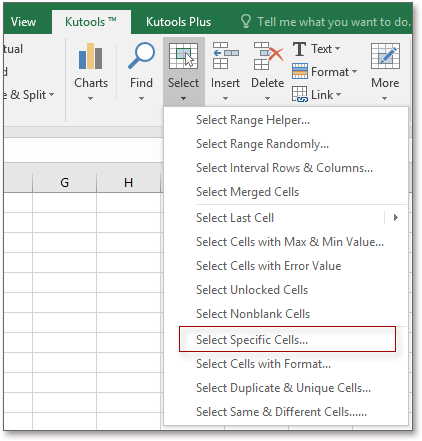

- #EXCEL SHIFT CELLS DOWN WHEN ADDING NEW VALUES HOW TO#
- #EXCEL SHIFT CELLS DOWN WHEN ADDING NEW VALUES CODE#
When you run this code, your new spreadsheet will look like this: The last step is to save your new spreadsheet. Then you add text strings to the cells: A1, A2, and A3. After you create the Workbook() object, you grab the active Worksheet.
#EXCEL SHIFT CELLS DOWN WHEN ADDING NEW VALUES CODE#
This code will overwrite the previous example's Excel spreadsheet. Now add this code to your file: # adding_data.py Open up a new file and name it adding_data.py. You could also explicitly tell OpenPyXL which sheet you want to access by passing it a sheet title.įor this example, you will create another new program and then use the active sheet.
#EXCEL SHIFT CELLS DOWN WHEN ADDING NEW VALUES HOW TO#
You learned how to do that in the previous chapter using workbook.active, which gives you the active or currently visible sheet. When writing data in a spreadsheet, you need to get the "sheet" object. Now you're ready to learn how to add some data to the cells in your spreadsheet. Your new spreadsheet will look like this: All this code does is create the file that you pass to it and save it. This class allows you to instantiate a workbook object that you can then save. The critical piece here is that you need to import the Workbook class. Now add the following code to your file: # creating_spreadsheet.py Open up your Python editor and create a new file. Creating a SpreadsheetĬreating an empty spreadsheet using OpenPyXL doesn't take much code. You can order a copy on Gumroad or Kickstarter. Let's get started by creating a brand new spreadsheet!Įditor’s note: This article is based on a chapter from the book: Automating Excel with Python. In this article, you will learn how to use OpenPyXL to do the following: This knowledge also allows you to do the reverse, taking in an Excel spreadsheet and output a different format, such as JSON or XML. Once you learn how to create Excel spreadsheets with Python, you can leverage that knowledge to transform other data into Excel spreadsheets. These data formats are not something that most accountants or business people are used to reading. For example, you might receive your data from a client in the form of JSON or XML. The focus of this chapter will be on learning how to do that! OpenPyXL lets you create Microsoft Excel spreadsheets with a minimum of fuss.Ĭreating Excel spreadsheets using Python allows you to generate a new type of report that your users will use. However, you also need to be able to create or edit a spreadsheet. Reading Excel spreadsheets is all well and good.


 0 kommentar(er)
0 kommentar(er)
